The 9 biggest gardening mistakes people always make in the summer months – and how to avoid them
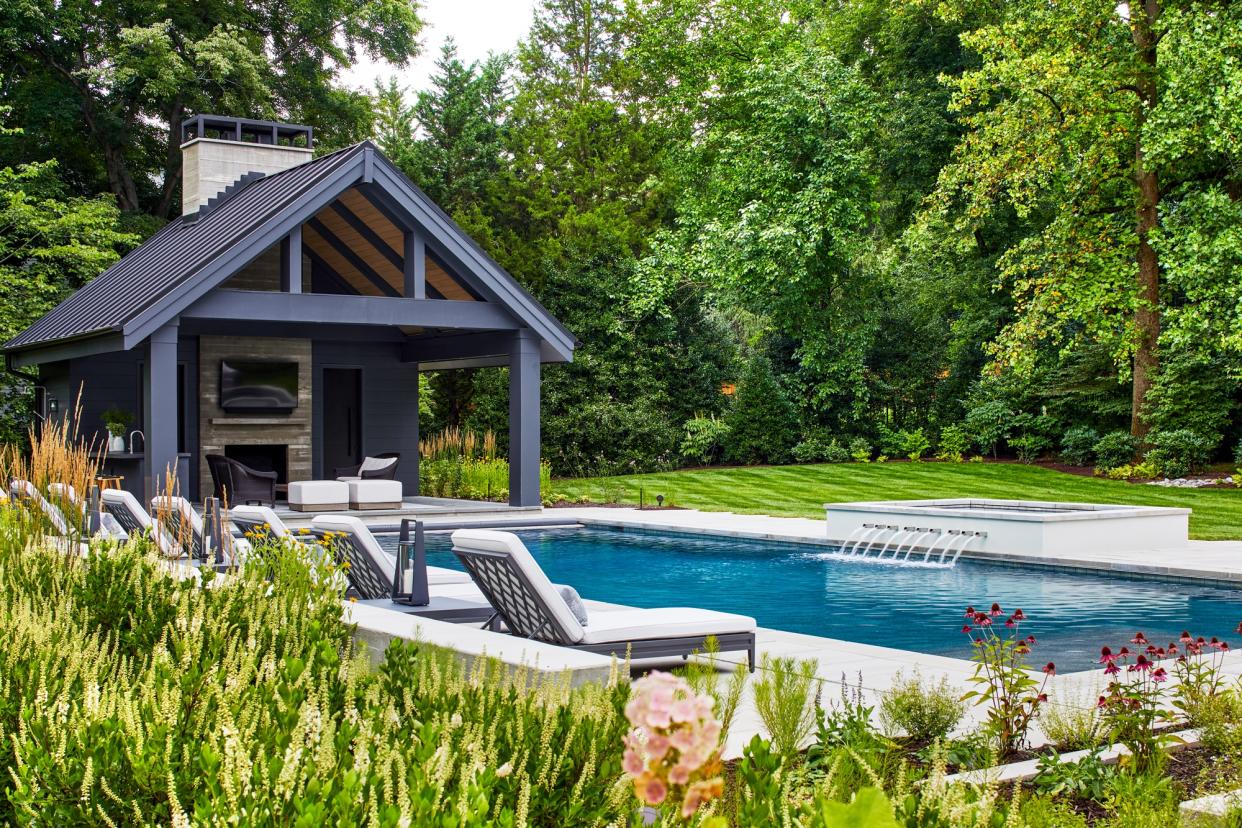
As the mercury rises and rainfall becomes scarce, gardeners face new challenges when summer arrives. But, by avoiding the biggest gardening mistakes for the summer months, you can help your plants thrive and remain healthy even as the temperatures soar.
'During the summer months, gardening requires extra care and attention due to the high temperatures and increased water needs,' confirms Amy Hovis, Principal/Owner of Eden Garden Design and Owner of Barton Springs Nursery.
From overwatering your backyard to underwatering it, from forgetting to prune or mulch it, there's a host of mistakes you can be aware of to help make your garden thrive in summer.
The biggest gardening mistakes for the summer months revealed
Below, our experts share some common gardening mistakes to avoid during this time so you can enjoy your outdoor living room surrounded by beautiful greenery.
1. Underwatering
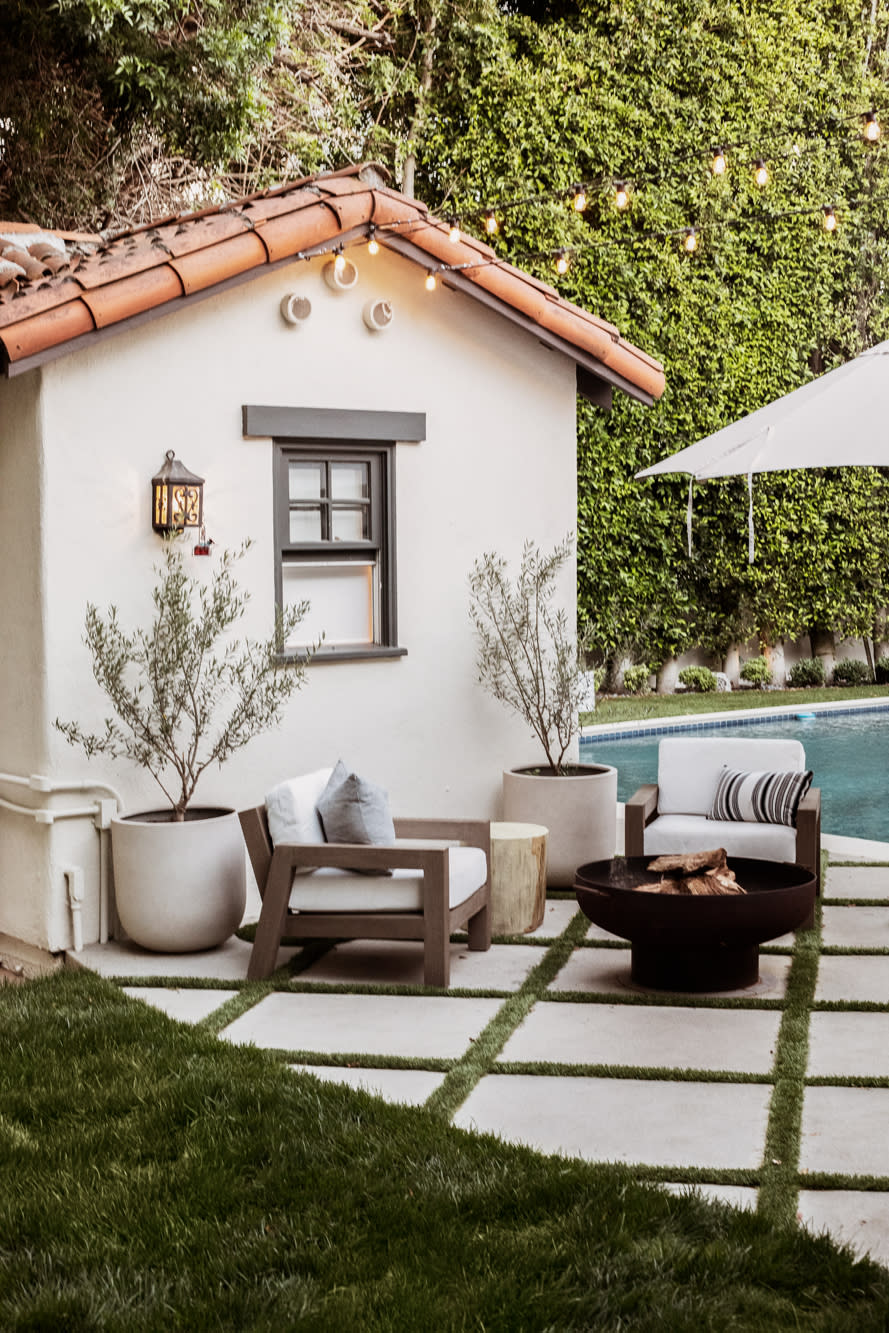
Underwatering is one of the most common gardening mistakes you can make in the summer months.
'Make sure to water!' stresses Amy Hovis, Principal/Owner of Eden Garden Design and Owner of Barton Springs Nursery. 'Good soaks and good drainage is the key. Underwatering can stress plants and lead to wilting and stunted growth. Pay attention to the signs of drought stress such as drooping leaves or dry soil, and water plants thoroughly when needed, especially during extreme heat or drought.'
Andrew Gaumond, horticulturist and editorial director at Petal Republic, agrees that underwatering can cause numerous problems. He says: 'A lack of water can lead to stunted growth, discoloration, and a scarcity of blooms throughout the season.
'The simplest method to monitor moisture levels in your flower bed is by feeling the top two to four inches of soil with your fingers. If it's dry to the touch, your garden is most likely in need of supplemental watering.
'Look for visual clues as well, such as the vibrancy of the plants, signs of wilting, color changes, and the curling of foliage.
'For greater control, it can be worth investing in moisture meters throughout the garden as well as installing drip irrigation systems.'
This moisture meter at Amazon is very highly recommended.
2. Overwatering
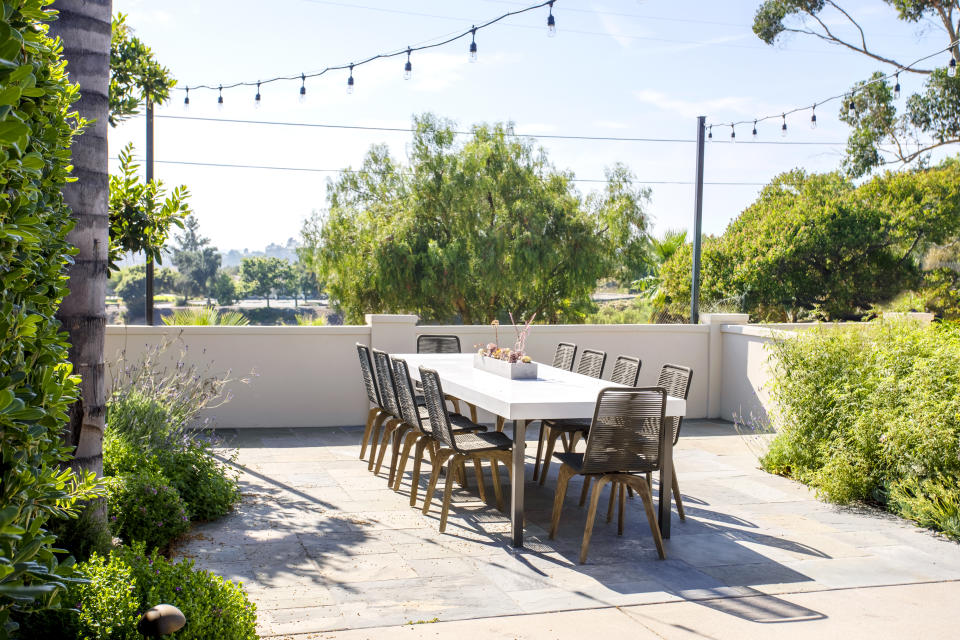
You might not realize it but, conversely, there's such a thing as too much water for your plants - even in high temperatures.
'Overwatering can lead to many problems, such as rotting roots, plant diseases, and attracting unhelpful pests such as slugs and snails,' explains Andrew Gaumond.
And Amy Hovis adds: 'While it's important to provide adequate water to plants during the summer, overwatering can also be a problem.
'It can lead to root rot, fungal diseases, and the loss of oxygen in the soil. Make sure to water deeply but infrequently, allowing the soil to dry out slightly between waterings.'
3. Watering at the wrong time
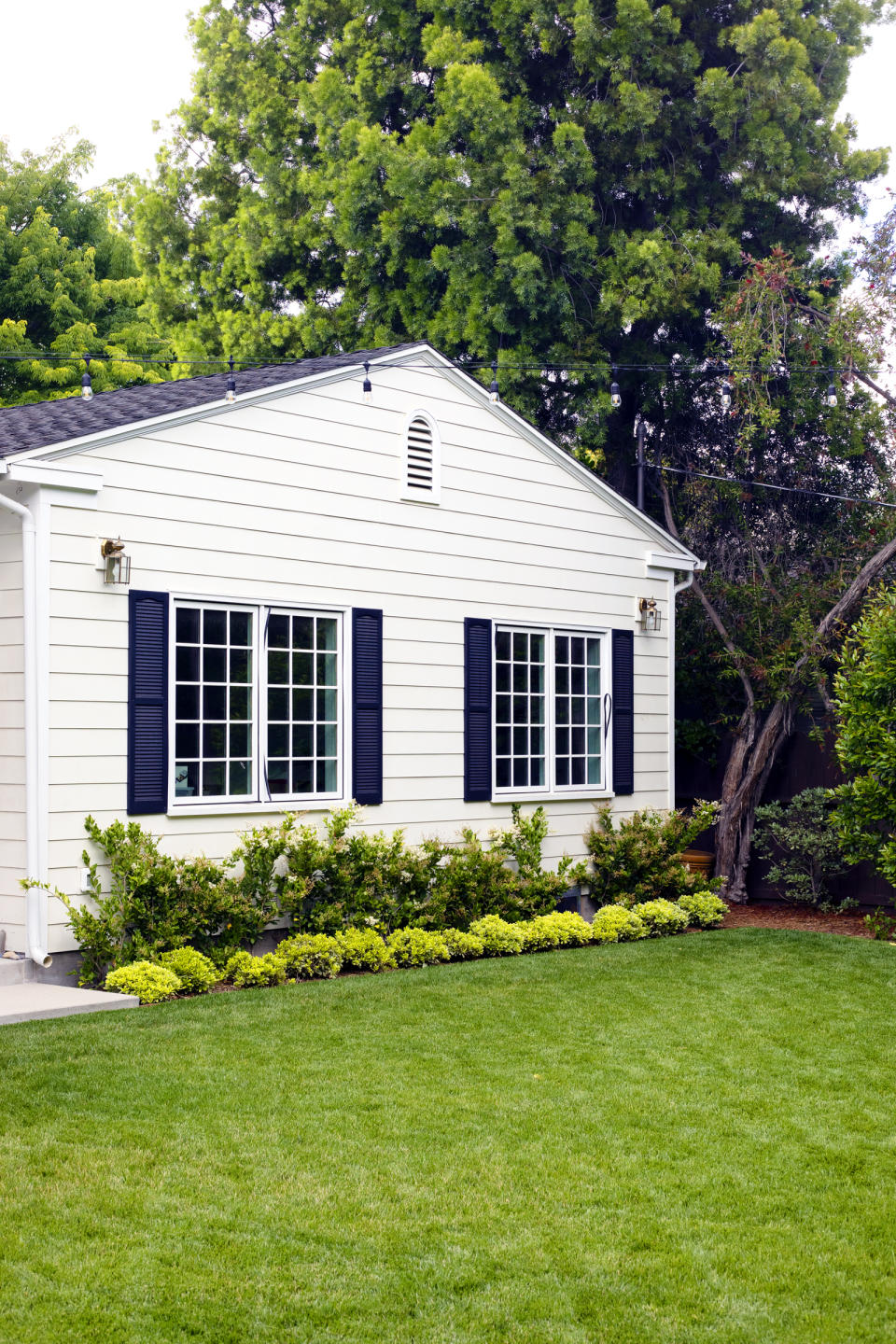
As well as overwatering and underwatering, watering your plants at the wrong time of day can also cause problems that may lead to dehydration, particularly in the summer months.
Making sure you water your plants at the right time during the day can help prevent loss of moisture. If you water during the hotter parts of the day, the water will evaporate much quicker and water droplets can act as a magnifying glass for the sun.
It's best to water all types of plants either first thing in the morning or last thing at night to ensure the water is retained.
4. Cutting the lawn too short
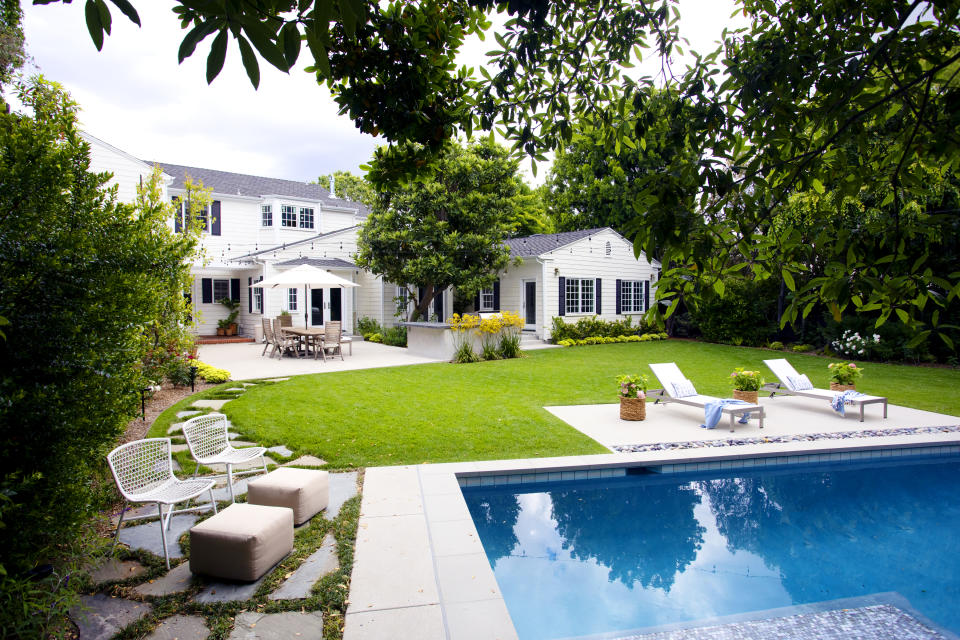
Lawns can suffer significant stress during the summer months if they're cut too short.
Andrew Gaumond explains: 'Longer grass blades are a lot more resilient to heat and sunlight exposure, producing longer, deeper roots that are better able to retain and access moisture and nutrients, ensuring they're better able to tolerate extended spells of hot weather.'
He adds: 'It's prudent to avoid cutting during particularly hot periods, and when you do, ensure you set your blades to a high setting.'
5. Failing to deadhead and prune
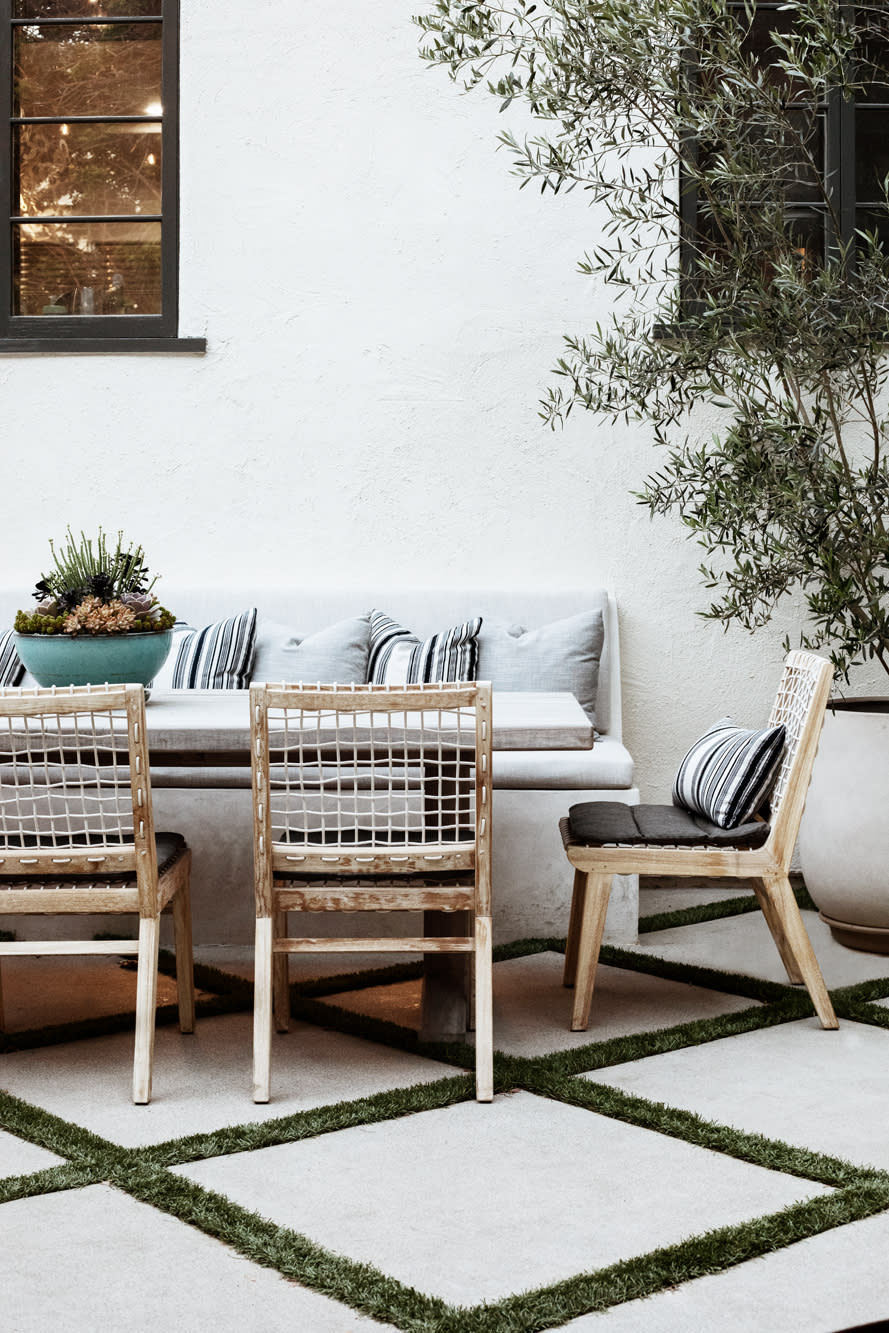
Deadheading and pruning are important summer garden tasks that are often overlooked and can help to extend the blooming season.
'Removing spent blooms and faded petals through deadheading helps direct the plant's energy to new flower production,' explains Andrew Gaumond. 'Pruning enables you to keep rampant growth in check whilst improving air circulation and overall growing conditions for various plant life.'
And Amy Hovis agrees it's an oversight not to prune, adding: 'Pruning is important for maintaining the health and shape of plants.'
'However, avoid heavy pruning during the summer months as it can stimulate new growth that may be more susceptible to heat stress. Focus on light pruning to remove dead or diseased branches and promote airflow within the plant.'
6. Forgetting the importance of mulch
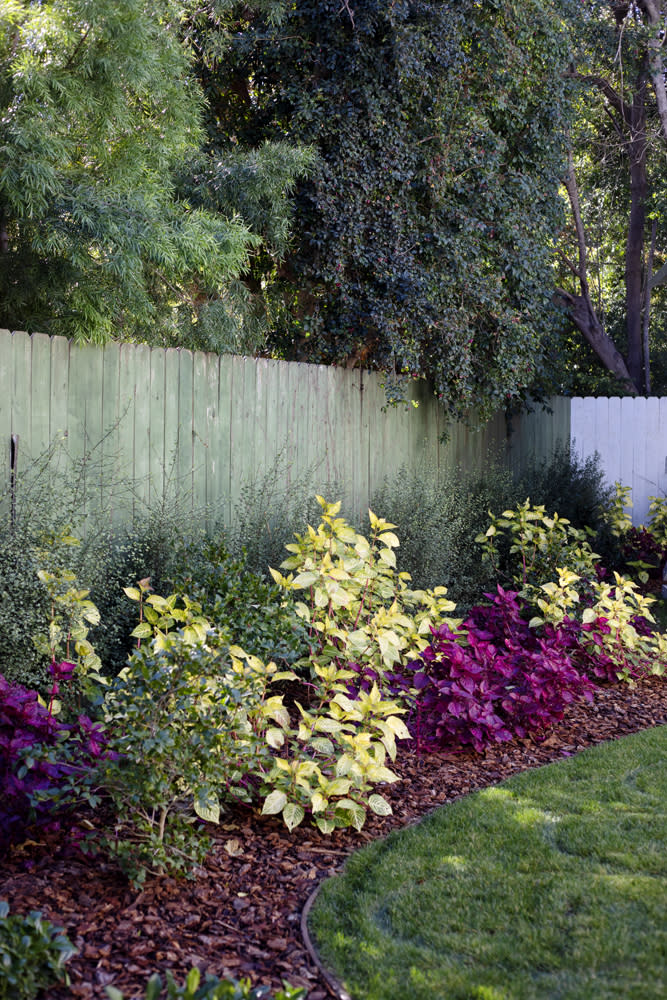
'Mulching is essential during the summer months as it helps retain soil moisture, suppresses weeds, and moderates soil temperature,' shares Amy Hovis.
A layer of organic mulch or even straw can make a significant difference in conserving moisture and protecting plant roots from the intense heat.
Amy continues: 'Apply a two to three inch layer around the base of plants, keeping it a few inches away from the stem. It will help keep your plants cooler in the summer months.'
As Amy points out, it's important to keep mulch away from the stem. Using too much mulch around the base of the plant can cause several problems; it can smother plants, leading to root rot and other diseases. It can also create an environment that is too moist, leading to fungal growth or stun growth completely.
7. Overlooking sun protection
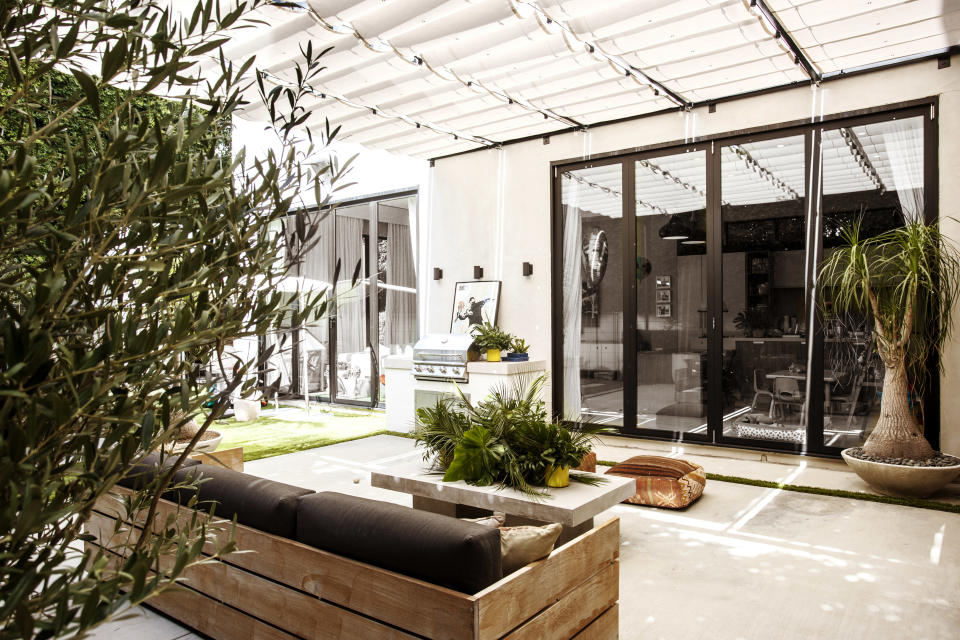
Don’t forget that your plants may need some shade in the hottest months of summer.
'Many plants can be damaged by excessive sun exposure, especially those that prefer partial shade or are newly planted,' says Amy.
'Monitor your garden regularly and provide shade for sensitive plants using shade cloth or by strategically placing them near taller plants that can offer some shade.'
8. Neglecting pest control
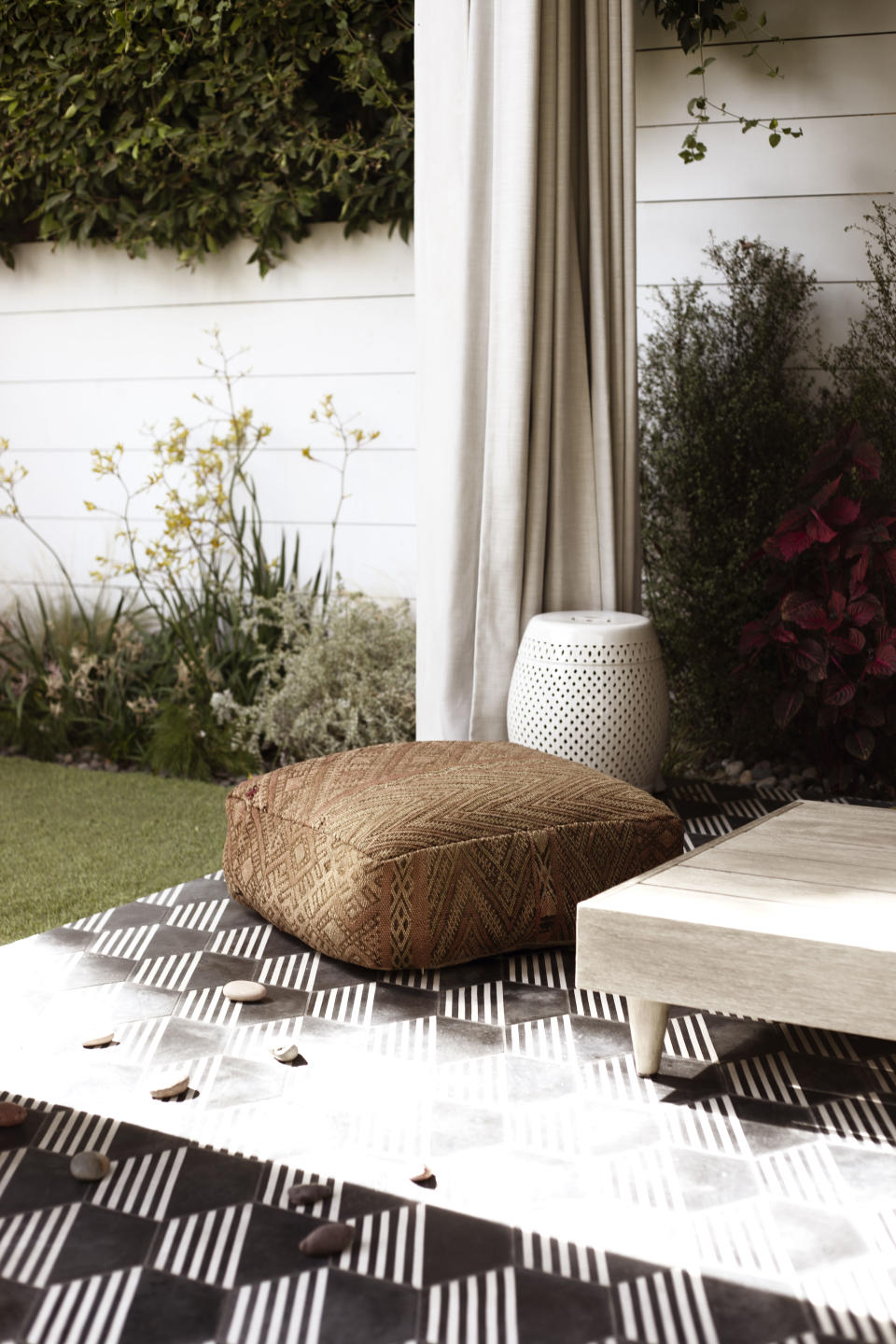
As summer rolls around so, too, can unwanted pests.
'Having a garden with insects is a part of having a healthy ecosystem so not all insects are a problem; in fact, many are beneficial,' says Amy Hovis. 'But summer is the season for pests like whitefly, aphids, or spider mites.
'Regularly inspect your plants for any signs of pest infestation and take appropriate measures, such as spraying organic insecticides, or using beneficial insects to control pests.
'Early detection and intervention can help prevent the problem from escalating.'
9. Planting too deeply
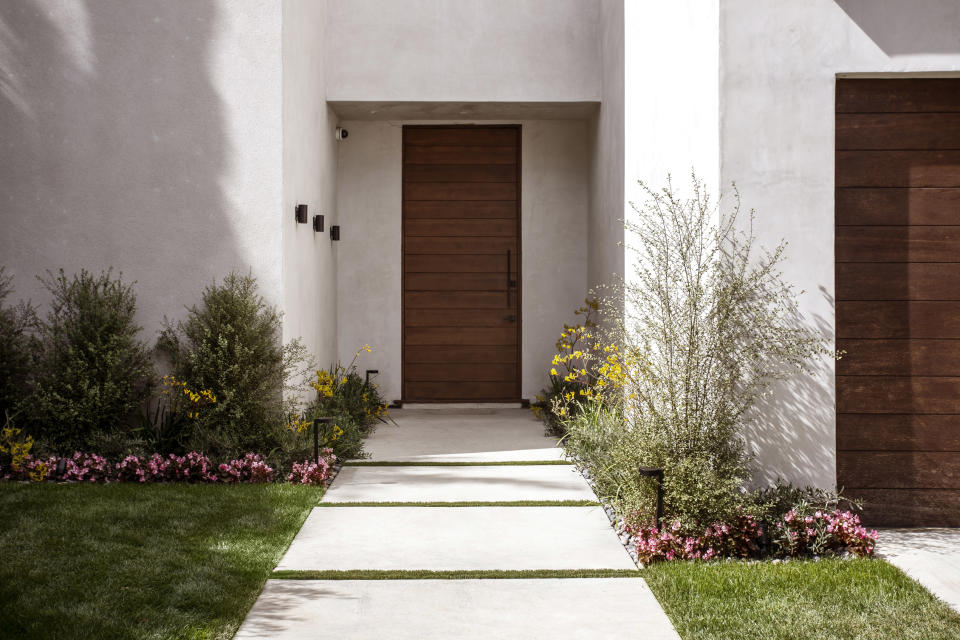
If you're relatively new to gardening, a common mistake is to plant too deeply in the ground.
Planting too deep in soil can cause your plants to become root-bound, leading to stunted growth and even death. It can also cause the plant to be unable to access the necessary nutrients and water it needs to survive - a problem that is heightened further in the heat of the summer months.
When planting, consider the depth of the pot the plant was in and make sure to stick to this level, or an inch above ground level if you plan to mulch.
Top tips for planting in summer
'When planning your garden and planting in summer, consider the heat tolerance and water needs of different plant species,' advises Amy.
'Avoid planting heat-sensitive plants in full sun. Planting landscape plants in the heat of summer can be stressful for some plants. It’s sometimes a good idea to wait until after summer for planting landscape plants.'

